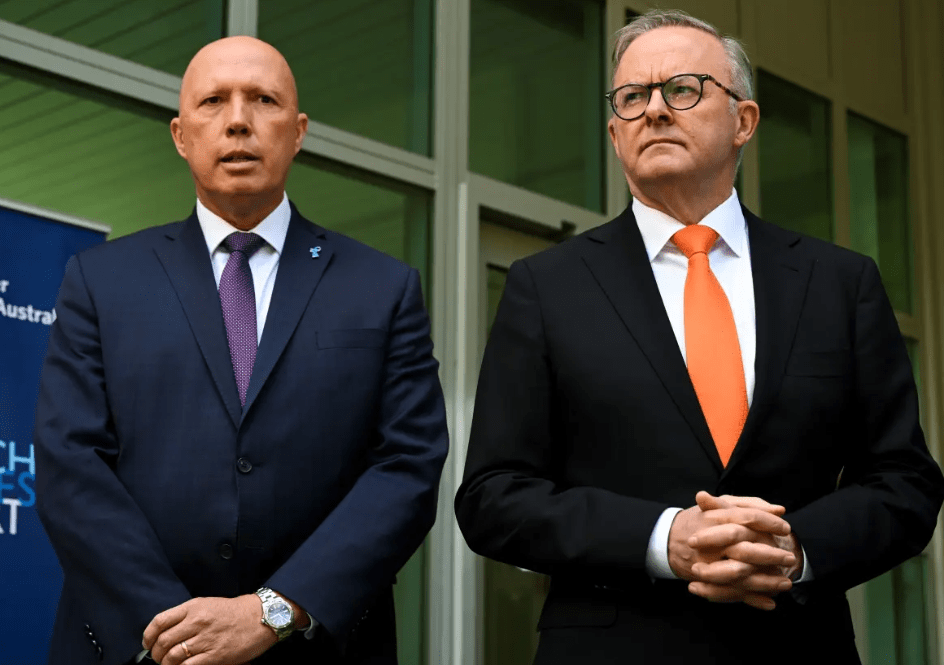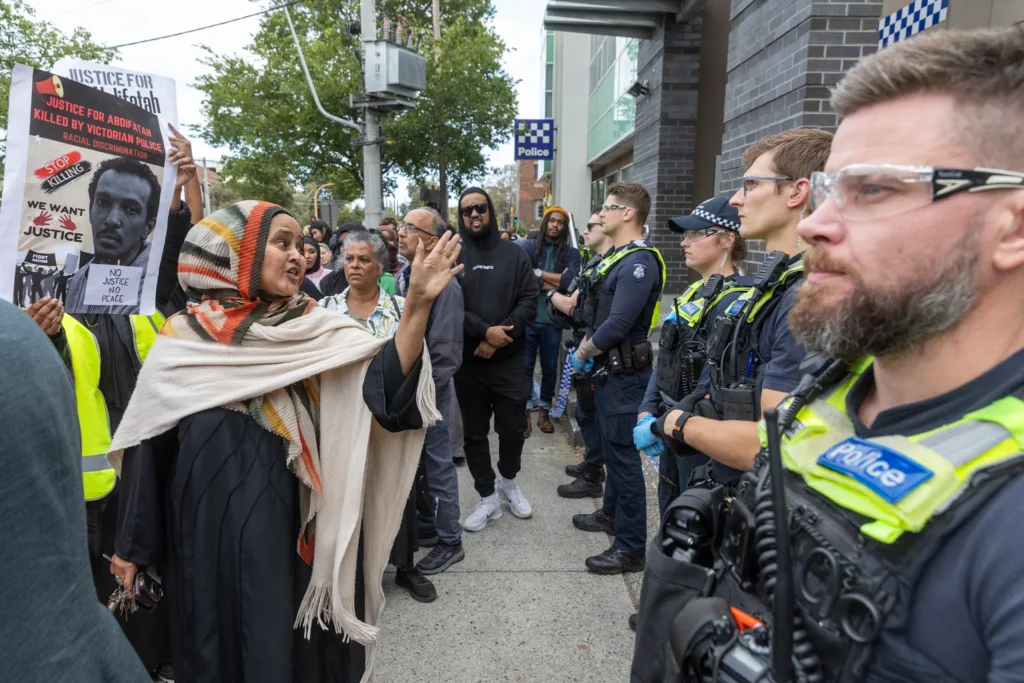Immigration is shaping as one of the most potent policy issues of the election campaign.
Opposition Leader Peter Dutton has announced a Coalition government would cut the two major migration programs – permanent and net overseas. He has directly linked the number of people coming into the country to high house prices, which feeds into the election’s hot button issue of cost of living:
the first and foremost interest in mind is to get young Australians into housing.
But will cutting immigration help fix the housing crisis? Or is this a smokescreen for other problems with the migration system that are not being addressed by the major parties?

Fewer permanent migrants
The Coalition is campaigning on its plans to reduce the Permanent Migration Program, from 185,000 a year to 140,000.
This is the wrong time to make such a large cut. Permanent migration, more than temporary, is critical for Australia’s economic growth. It also helps offset the ageing of the population.
For its part, Labor failed to include the permanent migration number in last month’s budget, so we have no idea about its plans if it is re-elected.
It is best for our economy when the annual migration intake is between 160,000 and 220,000. From the Gillard government until today, the Permanent Migration Program has been set by governments of both shades within that range.
Th Coalition’s proposed cut is problematic because extreme pressure is building in two visa categories that have close to 100% grant rates: Partners and Children in the Family stream and Employer Sponsored workers in the Skill stream.
If recent experience is anything to go by, the number of applications lodged by family members of Australian citizens or permanent residents will skyrocket to 110,000 by June 30. It is important to note this category is largely demand-driven. These family members have a right to permanent residence under Section 87 of The Migration Act.
Demand is also exploding in the visa category that allows employers to address labour shortages, which has a grant rate of over 98%. Almost 100,000 applications are expected in 2024–25. However, only 44,000 places have been allocated. Employers are going to be very unhappy whichever side is elected.
Given the pent-up demand, the Coalition is avoiding the tricky questions about which parts of the Permanent Program it would cut and by how much. Labor is shirking the issue altogether by not providing any target.
Dutton’s planned reduction to permanent migration numbers would have only a small impact on housing. In a normal year, 60% of grantees are already living in Australia. They won’t be adding to housing demand, because they are already here.
The numbers don’t add up
The other major category, Net Overseas Migration, includes temporary arrivals – mainly skilled workers, working holiday makers and international students. Treasury estimates 260,000 migrants in this category in 2025–26
Dutton says the Coalition would cut this number by 100,000 people and would do it “straight away, once we get into government”.
But this number is not achievable, at least not “straight away”. Arrivals can be lowered. But the number of departures will be way too low to reach the target.
The category has already fallen by 100,000 in each of the past two years. It will continue to decline gradually over the next couple of years, but not nearly as fast as the Coalition target requires.
The number of departures has been low due to the surge in temporary migrants that followed the COVID border closures. The majority of these people have valid visas until at least 2027–28. Only then, is there likely to be a flow of migrants leaving Australia.
Dutton should have said a Coalition government would reach this target in its third year, not its first. But this would not have suited the false argument that net overseas migration has a big impact on housing affordability. It’s spurious because net overseas migration largely consists of temporary residents who rarely buy houses. And both major parties have policies banning temporary residents from purchasing established properties.
New temporary migrants do have an impact on rental demand, but it’s highly localised near universities and along public transport routes. Even this demand is somewhat muted. According to 2021 Census data, a large minority (30–40%) of students and working holiday makers live in specialist accommodation or in very large households.
Problems beyond the election
Australia is facing an estimated shortfall of 130,000 housing construction workers. Both sides of politics are taking worthwhile steps to expand the number of apprentices. But the apprenticeship route is slow and likely to fall short of requirements.
We need more skilled tradies from overseas, but it’s not happening due to obstacles in the migration system. Neither side of politics seems to be looking for creative solutions. Certainly, cutting the Permanent Program is not the answer.
Another major issue is the difficulty successive governments have had in getting people to leave Australia once all their options to remain have been exhausted.
As of January 2025, there were 92,000 individuals who had been refused a final Protection Visa, but had not yet departed. This number accumulated under the previous Morrison government and has continued to expand under Labor.
Policy not politics
Undue panic over the level of net overseas migration in an election context has made a mess of Australian migration policy.
This is evidenced by the policy shambles over international education. The major parties both have plans to limit the number of foreign students, but the cap in both cases is not much below pre-COVID enrolments.
On a more positive note, both sides of politics should be commended for not allowing racism and the “otherness” of migrants to enter the debate.
But it’s time to drop the fantasy that cutting migration will help young Australians enter the housing market. This a blatant distraction from the real and tangible problems with the migration system that must be dealt with by whoever wins on May 3.

